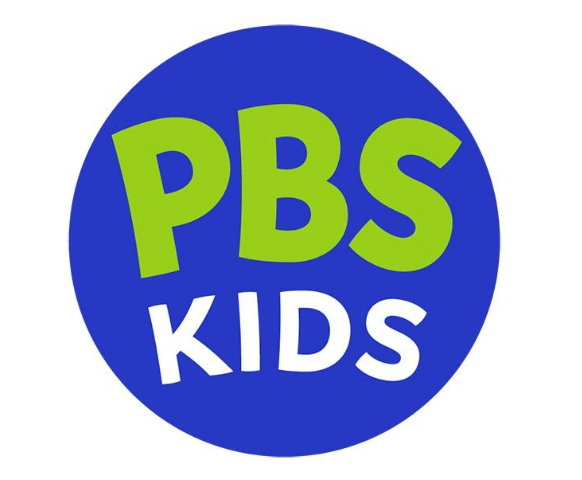WHAT COULD BE more effective? A company wants you to experience how its new shampoo enraptures you with each aromatic bubble that drips down your tresses. So that you’ll fully comprehend the impact of the product’s unique qualities, the company delivers a sample to your home, tucked in the bag with your weekend newspaper.
The program, called News Pouch, is effective-if it reaches a consumer who cares. That’s why Valassis Communications, Livonia, MI, teams with TargeTrends Associates of Ridgefield, CT to seek out and reach responsive consumers as part of Valassis’ newspaper sampling campaigns.
A third of Valassis and TargeTrends’ clients’ sampling costs can be saved with the right targeting, claims Paul Hall, president and founder of TargeTrends, who says his firm has done about 1,500 targeting projects for all but two of the top 50 packaged goods companies.
An example of TargeTrends’ effectiveness: For a sample drop to 7 million households, “If we can get the client a 40% higher hit rate for its target user, this can translate into a total savings of over $900,000, including sample, distribution and coupon-redemption costs,” Hall says.
TargeTrends starts with demographic data, then separates consumers into different segments partly through the use of consumer-product surveys. Marketing research is applied to find out how many of the brand’s target users are in each of these segments, while census data updates and ZIP code information are overlaid to project the concentration of users in each newspaper-distribution zone.
“Say a hand-lotion company comes to us and says, ‘We want to go after people interested in hand moisturizer, who are also willing to pay a little more for a product that treats their hands in a nice way,'” says Hall. “We come up with a targeting model that shows which neighborhoods are more likely to be using this product.”
After samples are distributed, the response is often overwhelming-and that’s what clients expect.
The newspapers poll recipients within five days of the drop and find that some 85% to 90% of them recall actual products or advertising on the bag, notes Judy Rathwell, brand manager at Valassis Targeted Marketing Services.
“It’s a huge response,” Hall adds. “If a company believes in its product enough to put it in the hands of consumers, the program better deliver.”
What consumer awareness delivers is the likelihood the recipient has tried the sample and will now buy the full-size item. “When you look at sampling in terms of switching loyalties, brand-loyal consumers aren’t likely to switch,” Rathwell says.
But “sampling is effective in influencing brand loyalty,” she adds. “Nearly one-half of consumers strongly agree that they would consider switching brands if they liked the free sample.”
Typical drops include mini-packs of the routine shampoo, soap, cereal, antacid and dog food. Valassis contracts with nearly 1,000 newspapers, which fold their paper into plastic bags heralding a six- or eight-color advertisement for the sample product. The sample is sealed into a tiny see-through pouch at the bottom of the bag. Sometimes a coupon is also included.
Clients believe the newspaper is a superior delivery vehicle because “it’s a subscriber product,” notes Valassis Targeted Marketing Services vice president Maryann Rivers. “If you’re paying for something, you’re going to pick it up. That’s why we think awareness is so high.”
Good targeting and an eye-catching delivery vehicle aren’t enough, however. Hall recalls a hot beverage giveaway for winter.
“The image was great. The company did a good job timing its product. But the purchase rate was higher without the product than with it. It didn’t taste good,” he says.
To work, the product must “deliver on its promise,” he asserts, like Clairol Herbal Essences did.
“It was a good, clean image and appearance and the product performed well when people actually tried it.”



